January may seem like it’s the farthest month away from your next garden, but it’s actually where the garden year starts. Though many locations may be several months away from putting new plants and seeds in the ground, there’s a lot to be done in January to get ready for that moment. Smart gardeners are using January to prep and plan and get things going!
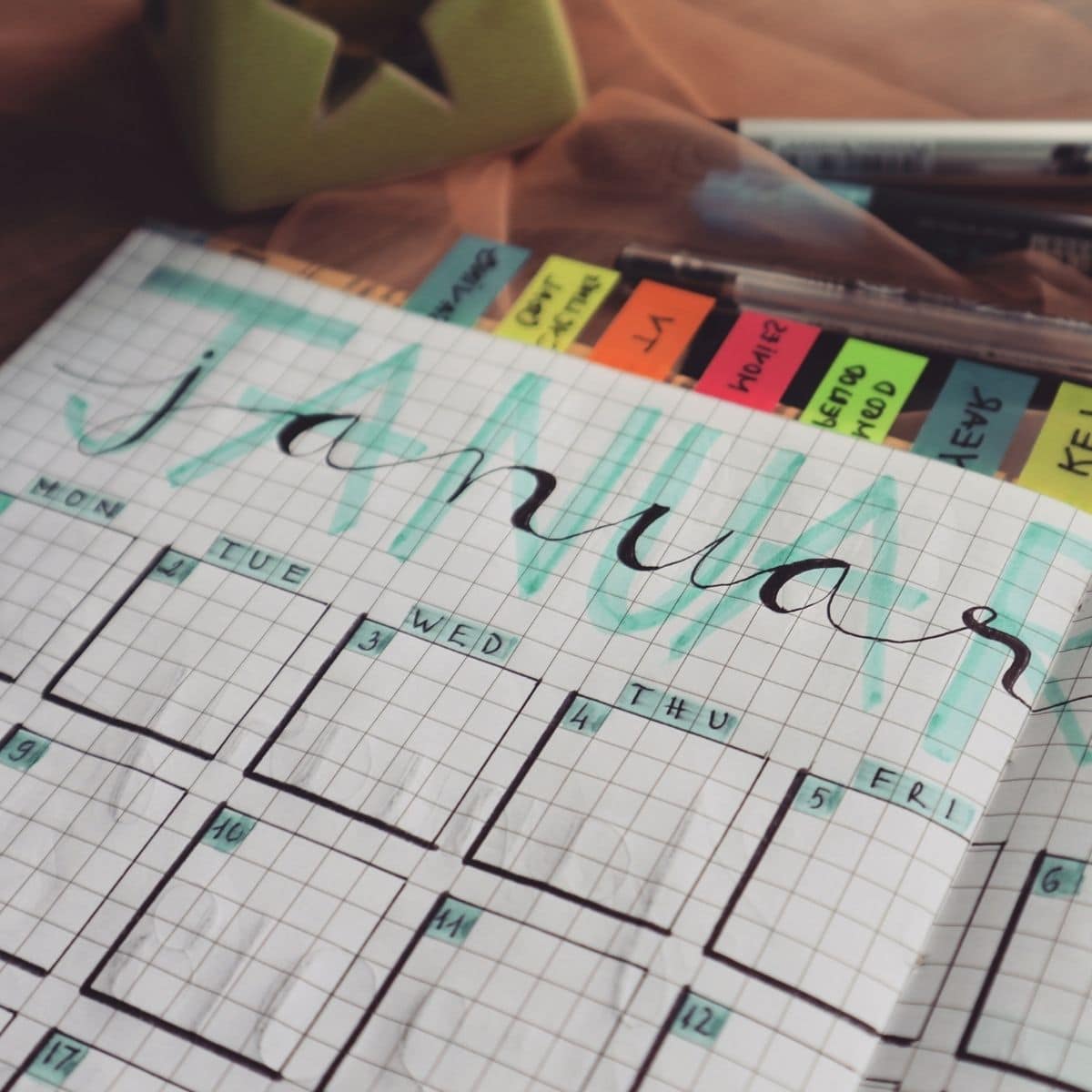
Jump to:
- Top 10 Things for Gardeners To Do In January
- 1. Start Your Seed Orders.
- 2. Test the seeds you have on hand.
- 3. Scout out local seed exchanges or seed libraries.
- 4. Join a local gardening group.
- 5. Use holiday greens to protect over-wintering shrubs and perennials.
- 6. Make useful products from preserved, frozen, or aging stored crops.
- 7. Treat yourself to some gardening books on topics of interest.
- 8. Inventory seed-starting supplies.
- 9. Start sketching out your garden plan(s).
- 10. Think about starting long-growing alliums and herbs.
Top 10 Things for Gardeners To Do In January
1. Start Your Seed Orders.
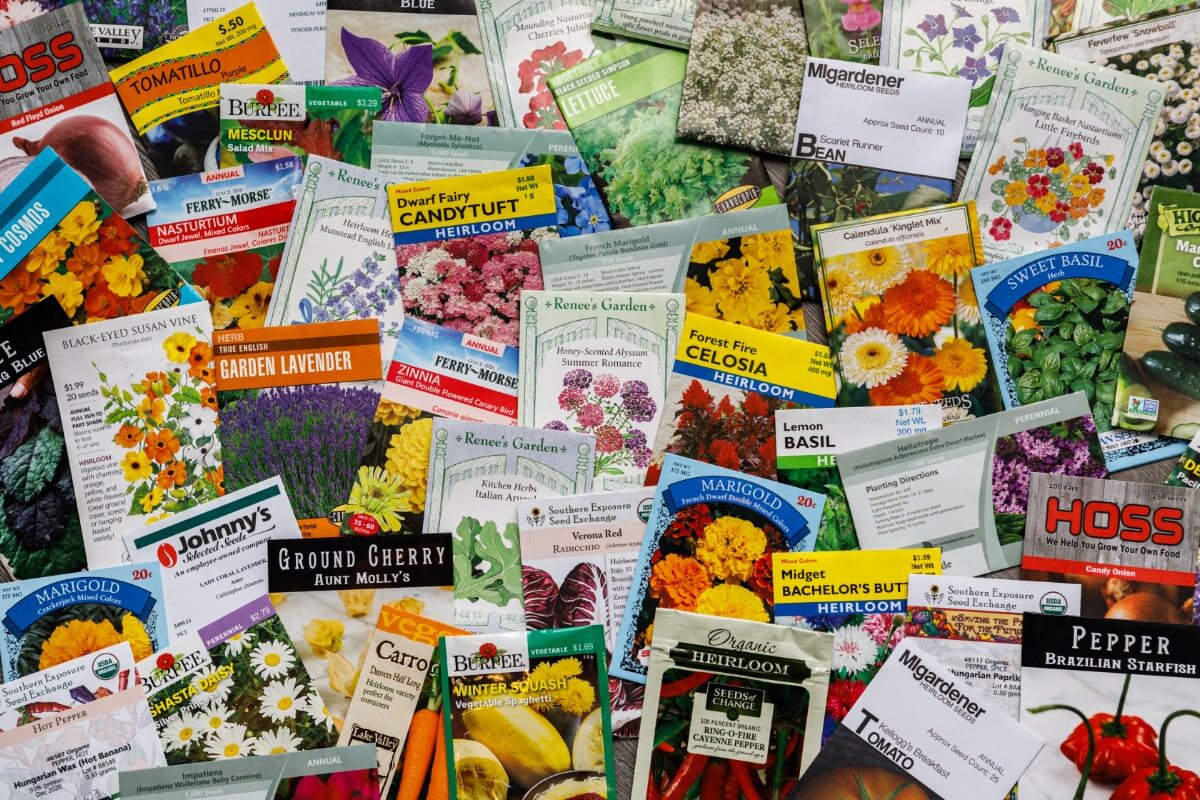
This is the month for you to get your seed orders in. If you have local sources you like to buy from, start there but this is the month you want to get out those seed catalogs and that inventory list you created in December. Didn’t get to your seed inventory last month? No worries, there’s time to do it now.
Peruse those catalogs you signed up for that started showing up in the mail last month. If your catalogs are running late, most are available online so spend some time on your favorite seed suppliers’ websites.
Ordering seeds in January will give you the best selection, allowing you to choose the best types and varieties for your unique gardening location and needs. In years when seed shortages, high demand, or crop losses narrow the supply, early ordering in January will usually get you in before the worst impacts are felt. Early ordering also leaves you with enough time to source an alternative seed selection or source seed from a different seller.
It won’t be all that long before it’s time to start your seeds indoors so you also want to order early so that your order has plenty of time to get to you before you need to plant them. There’s no point in waiting—the seeds you’re buying now or three months from now are all the same stock, grown last year. All waiting will get you is the chance that what you want will be gone if you wait.
Buying and ordering seeds should be your number one priority this month.
2. Test the seeds you have on hand.
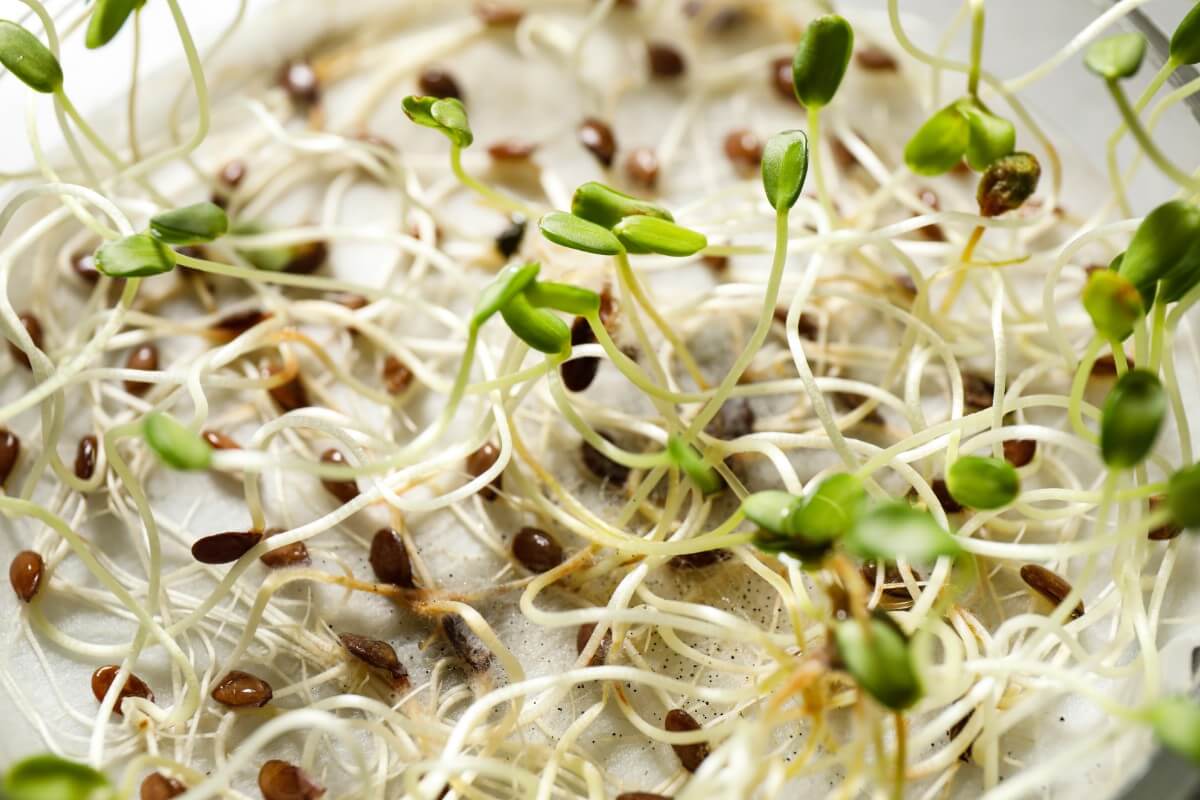
After your seeds have been inventoried and you know what you have on hand before you place that seed order it’s a good idea to test a sampling of your seeds to make sure they are still viable—that is, to make sure the seeds will sprout. You can do this quite easily by taking a small sample of your seed and putting it in a plastic bag with a moist-wet paper towel and then leaving it in a warm spot. Check every couple of days to see if the seeds are sprouting.
The rule of thumb is to test around ten seeds when performing a seed viability test, but if you only have a small amount of seed you can test fewer seeds (after all—it doesn’t make a lot of sense to waste your whole stock on a test!).
Most seeds will last at least two years if well-stored and many will last even longer (three to five years, even!). If you have seed left over from last year and it’s enough for your planting needs, there’s no sense in spending more money on seed you don’t really need yet. It’s smart to familiarize yourself with the average length of time different kinds of garden seed should last. Find out how long your different kinds of garden seed can be stored with this seed longevity and viability chart.
You may not feel the need to test all the types of seed you have. If you know you store your seed in a cool, dry place, and the seed is known to last for a few years or more, you may not need to spend the time testing that seed; but seed that has been around a few years should be tested to see if it still has life in it. Replace seed that has a low germination rate.
It’s also worth noting that there are a few seeds that do not store well for more than a year or two. Onions, parsley, parsnips seeds (and often carrots) should be bought fresh every year—old seed of these types is too unreliable to bother with. Sellers also recommend replacing pelletized seed of any kind every year because the pelletizing process effects the longevity of the seed.
3. Scout out local seed exchanges or seed libraries.
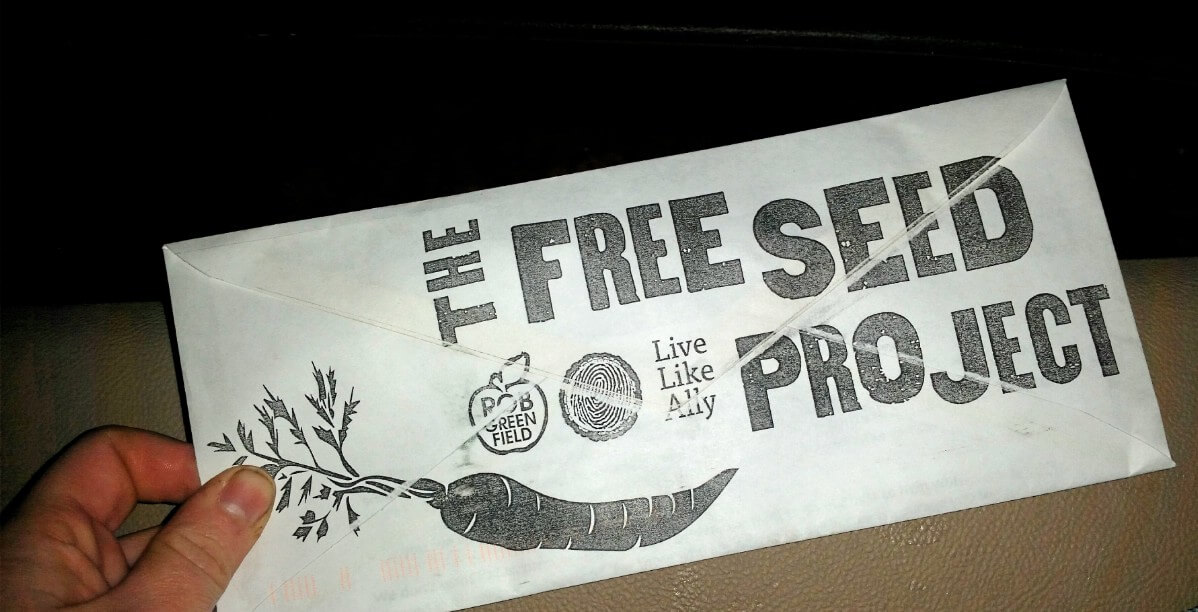
Seed Libraries (sometimes called seed swaps or seed exchanges) are great places to get seeds for free! They operate on a swap-and-share system. People bring extra seeds or seeds that they have saved from their gardens the previous year, leave them, and take what they need from what has been donated by other patrons. Sometimes seed companies or local garden stores will even contribute.
You’ll often find seed libraries hosted at your local library. You may also find them at a community center, garden center, or garden club. It’s worth your time to ask around and see if there is a local seed exchange near you. You might even consider working with a library or community center to start one!
If you find a nearby seed library, check it out and see what you can cross off your order list before you spend the money. Not only do seed libraries save you money, but they help promote gardening, help less fortunate gardeners be able to afford seed and grow their own food, help reduce seed demand and prevent shortages, and also help introduce other gardeners to unique seed varieties.
Seed libraries operate on the principle of sharing, so plan to give back in some way. Take along some of your excess seeds to contribute or plan to give back at a later date (such as in the fall when you can save some of your own seed).
4. Join a local gardening group.
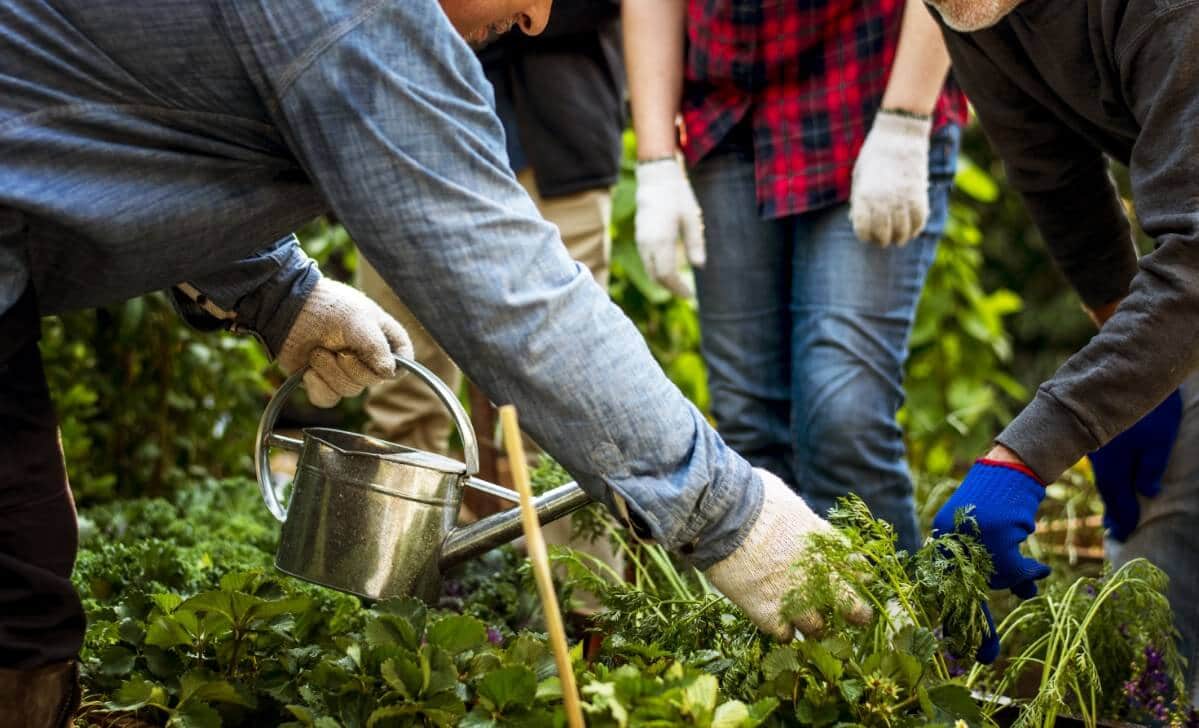
Even if all you can find (or all you can commit to) is something online, find a local gardener’s group and sign up. Local groups are excellent resources for the most location-specific growing information, tips, tricks, and timing. They’re also a great place to share leads for the best pricing and quality sales and supplies.
Regional and larger groups are great, too, and certainly worth being a part of, but there’s nothing quite like the kind of insight, information, and camaraderie of a group that understands your specific micro-climate, local soils, resources, challenges, and conditions. Do consider joining one that meets in person and attending at least every once in a while.
Not sure where to find a gardening group? Look on Facebook or social media and also scout local bulletin boards at garden stores, greenhouses, post offices and libraries. Check with the staff at these places—they’ll often know about these groups and be able to connect you with a contact to get you growing. Community gardens, Master Gardener programs, and nearby universities are other good resources to contact.
5. Use holiday greens to protect over-wintering shrubs and perennials.

As you’re taking down those wreaths and swags or taking out that spent Christmas tree, take a look around at what perennials, shrubs, and bushes you have in your yard that might need winter protection. Evergreen branches are a good way to add some protection from the elements to tender and breakable perennials and bushes.
The larger branches of Christmas trees can be trimmed and layered over things like rose bushes to give them added protection from snow, ice, and cold. This is a good—free!—way to get your plants through the harshest part of the winter. It’s an especially good protective layer for bushes that live under eaves and rooflines where snow and ice might be falling.
6. Make useful products from preserved, frozen, or aging stored crops.
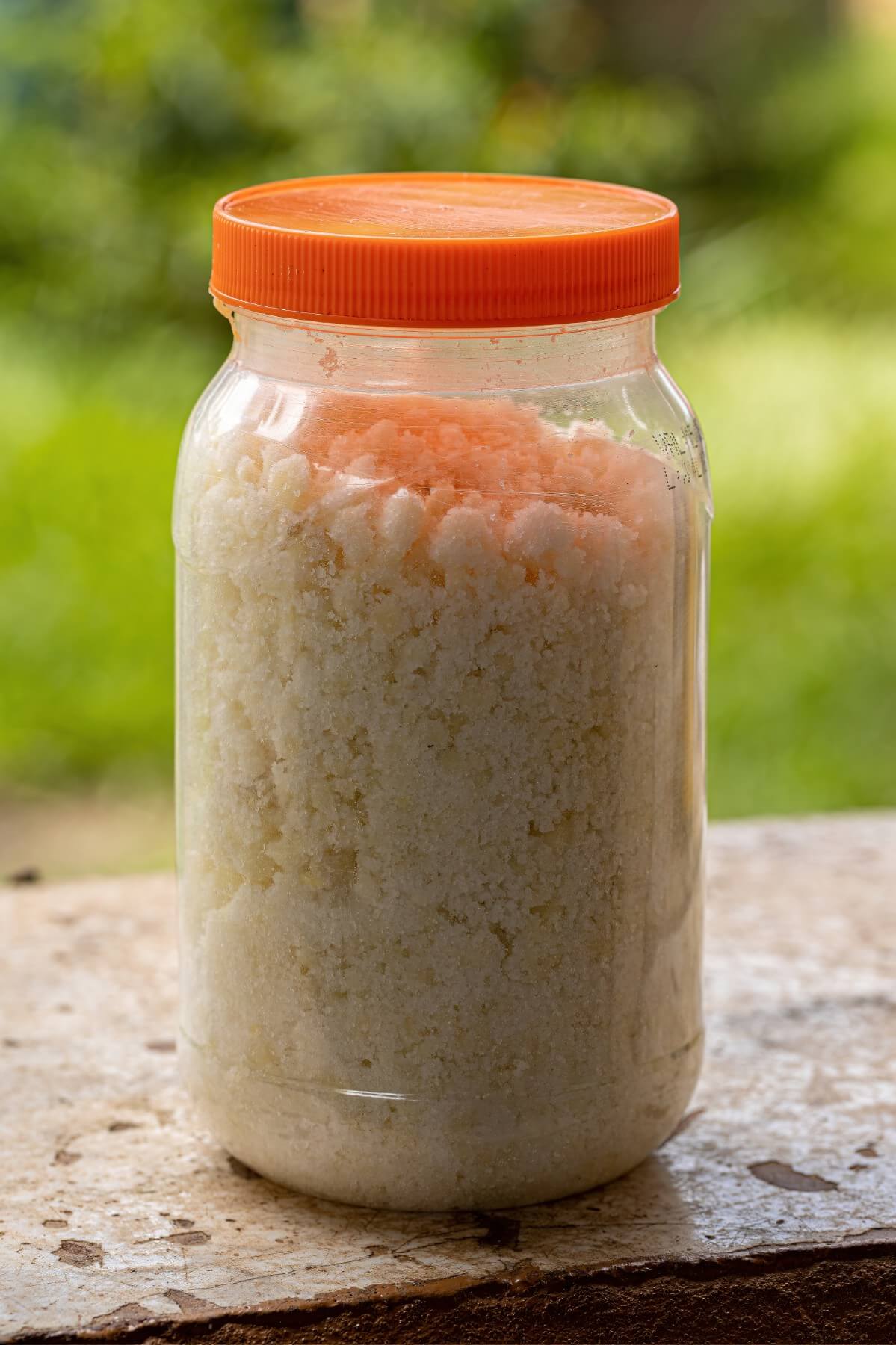
Now that you have more time on your hands, you have more time to actually make something out of all those lovely frozen and preserved fruits, herbs, and vegetables. Yes, jams, jellies, syrups, wine, flavored vinegars, cordials, fruit leathers, herb seasoning mixes, soup mixes, dried fruit trail mixes, baked goods, and so much more can all be made from previously saved and preserved products, such as those you might have frozen or dried. The early winter months are perfect for this—you have the time, you want to be indoors more, and new products will give you more and convenient ways to use your produce in the months ahead.
Don’t just think about what you have in your freezer, though. It’s time to once again check in on your stored root crops and cold-stored produce. Anything that is starting to soften or turn should be used or preserved now. Dehydrating is an excellent way to save things like carrots and root crops and have them on hand for adding to soups, stews, sauces, and more. By now your garlic and possibly onions are quite likely nearing the end of their good shelf life. Check these out and if you notice them shrinking, drying, softening, or sprouting, it’s time to take the next step to preserve them. Making dried garlic flakes or powder is very simple, makes your garlic easily ready-to-use, and lets you save the rest of your harvest without wasting it.
7. Treat yourself to some gardening books on topics of interest.
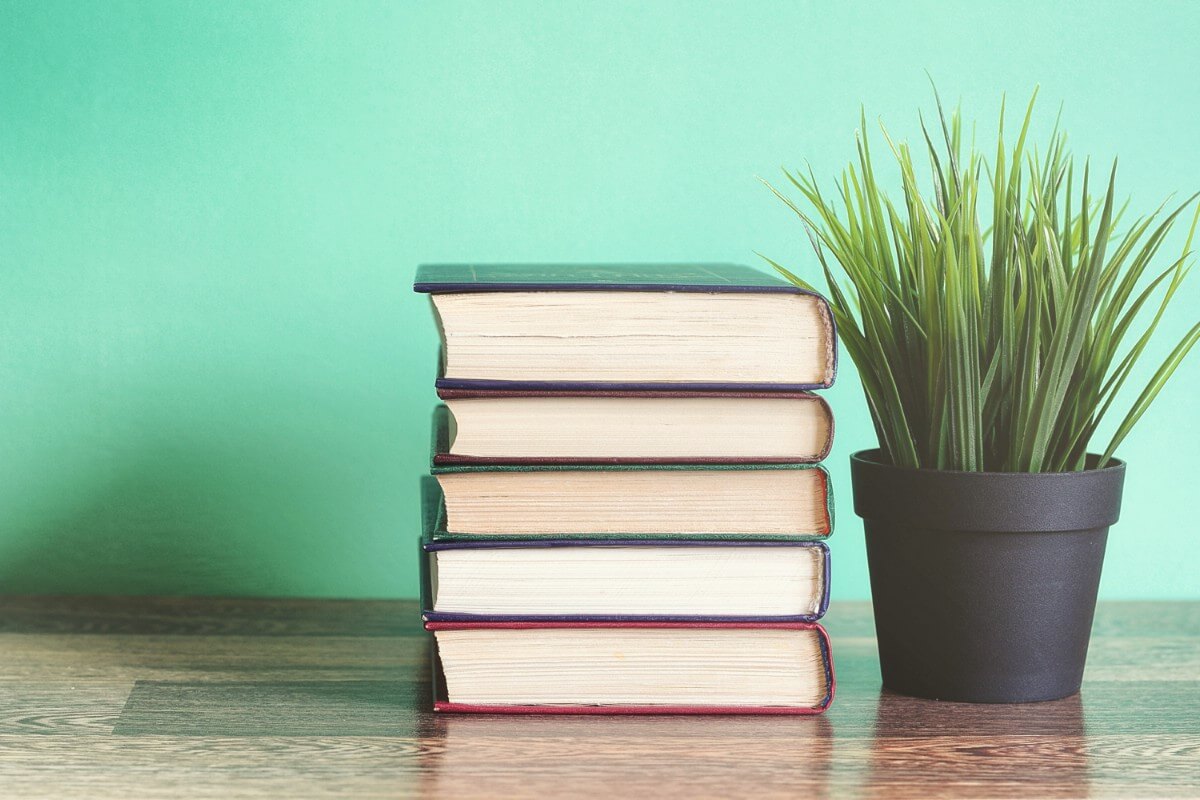
Are there things you want to learn more about in preparation for your next garden season? Maybe you want to know more about seed saving or composting, how to start seeds, pest control, organic disease control, canning, and preserving.
Pick a few topics of interest and order yourself a couple of new titles. Cuddle up, do some reading, and learn a new gardening trick or two. Use this time to your advantage to expand your gardening and food use knowledge so you can get that much more out of your garden efforts. Hard copies of quality gardening and preserving books are always great to have on hand for now and for future reference.
8. Inventory seed-starting supplies.
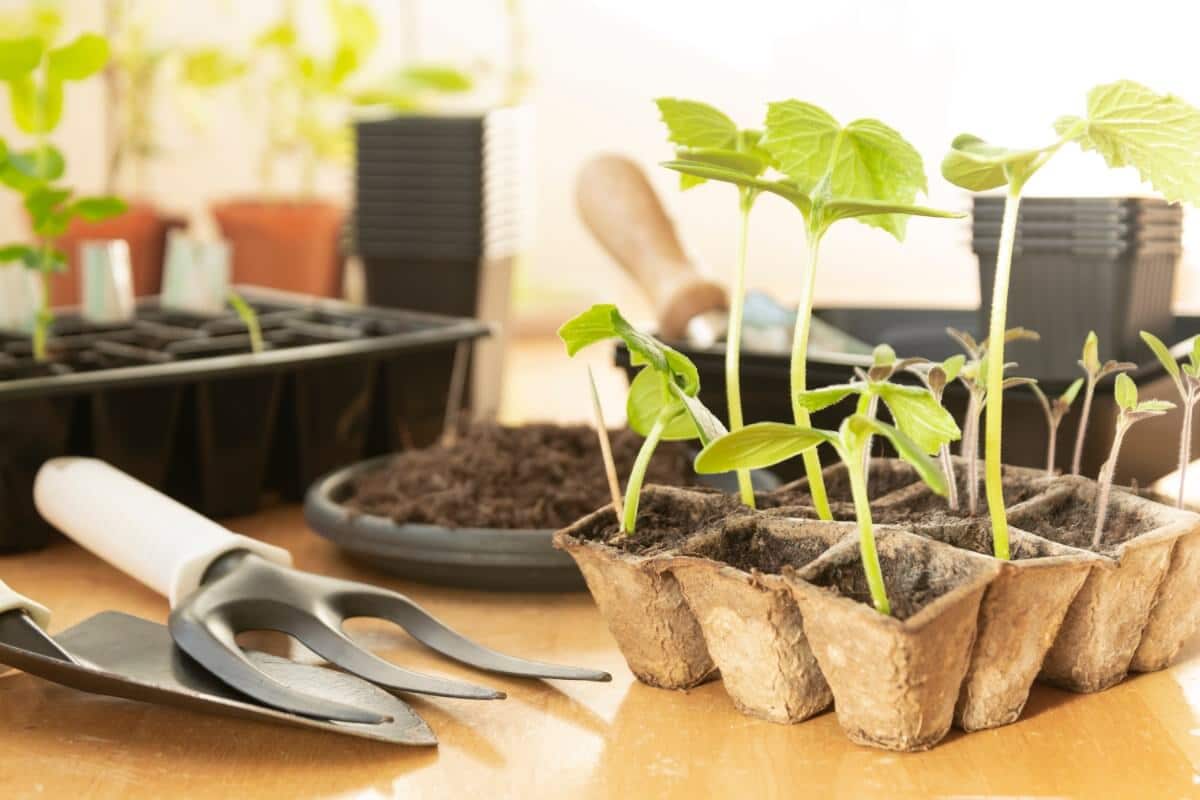
Very soon it will be time to start those seeds indoors for this spring’s garden transplants. Before the rush, take some time now to inventory your seed starting supplies. Make a list and also a list of what you need to buy or replace. You’ll do well to start buying or ordering those supplies soon, too, so that you’ll have all you need on hand when you need them.
Seed-starting supplies to think about include:
-planting trays and inserts
-cell packs
-pots
-germination trays
-seedling soil
-potting soil
-grow lights
-seedling heat mats
-shelf units
-plant labels and markers
Also keep in mind that you can recycle a lot of household “trash” into planting supplies. Look around at what might work and start collecting now. You might just find you have little to nothing to buy once you’ve saved and upcycled what you can from your home and kitchen!
9. Start sketching out your garden plan(s).
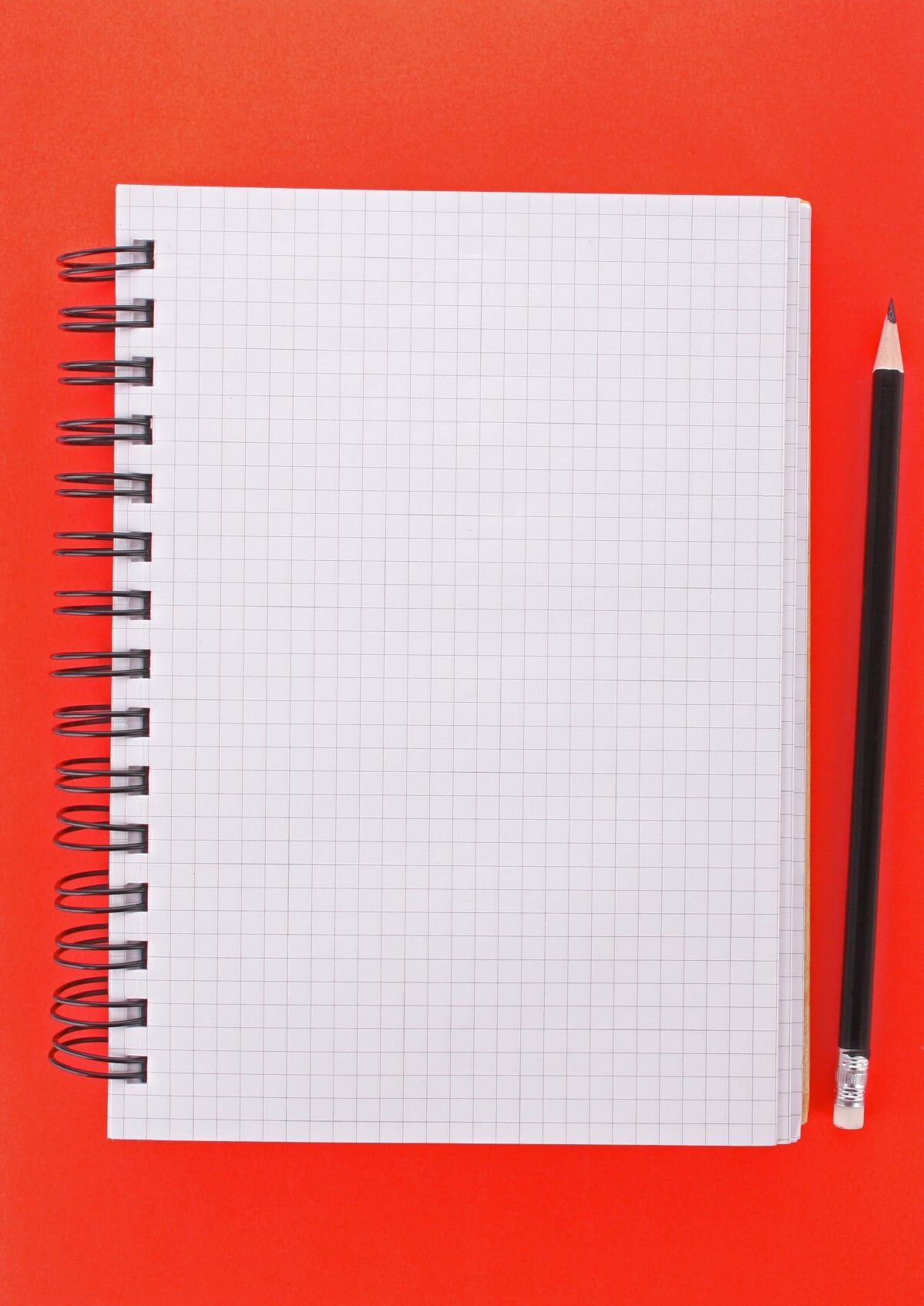
Though planting is likely several months away (unless you live in a truly warm and friendly location), it’s never too early to start planning your garden space and beds. All you need are measurements for the space that you have (or will have, a paper, and a pen or pencil. Sketch out your space and start filling in what you want to go where.
As you order your seeds, note things like spacing recommendations, companion planting (or companions and neighbors to avoid), row spacing, and site selection. Take a look at yields, too, and decide how many of each plant you want to grow. By considering and planning these things now, you’ll know how many seeds, plants, and starts you’ll need for your garden. You’ll have a more accurate count of how many of each plant and how many types of plants you can reasonably and successfully grow. This will all help you when you do get around to seed starting and/or plant buying and will make it easier not to over- or under-plant or buy.
10. Think about starting long-growing alliums and herbs.
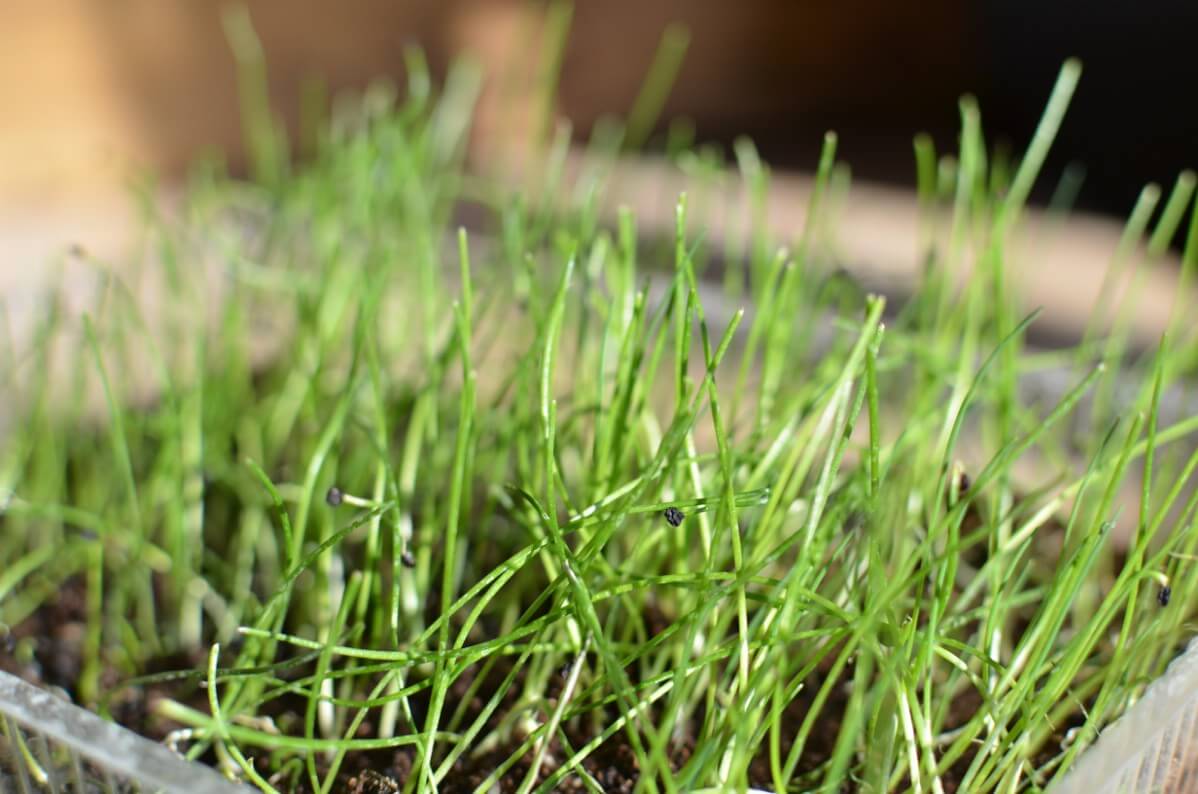
Towards the end of the month, you might start thinking about starting seeds for things like herbs and alliums (onions, allium flowers) that take a long time to get to a transplantable size. Onions should be started at least 10 weeks before you plan to plant them out in your garden and onions should be transplanted a bit before your last frost date, making them one of the earliest things to plant in your garden. Onions can take up to two weeks to germinate and are fairly slow-growing. Many herbs are slow starters and slow growers, too, so in order to have sizable transplants and well-started onion sets, most people should be starting these in late January or February (and definitely by early March).
Some herb seeds need a period of cold stratifying (such as several weeks in a moist environment in the refrigerator) before they will germinate. Lavender is one such herb. This adds a lot of time to the seed starting and growing period, so read up on how best to start the different herbs you want to grow, and plan now to cold treat those seeds for a successful start.
Bonus: Find Your Last Frost Date Here for U.S. and Canada or Europe and Other Countries.
Gardeners love their gardening and it seems gardening is never far from our minds. The slower months of the winter are prime time for garden planning. It’s an enjoyable way to spend your winter months that will pay back in bigger, better yields in the warmer months ahead. Happy Gardening, Smart Gardeners!

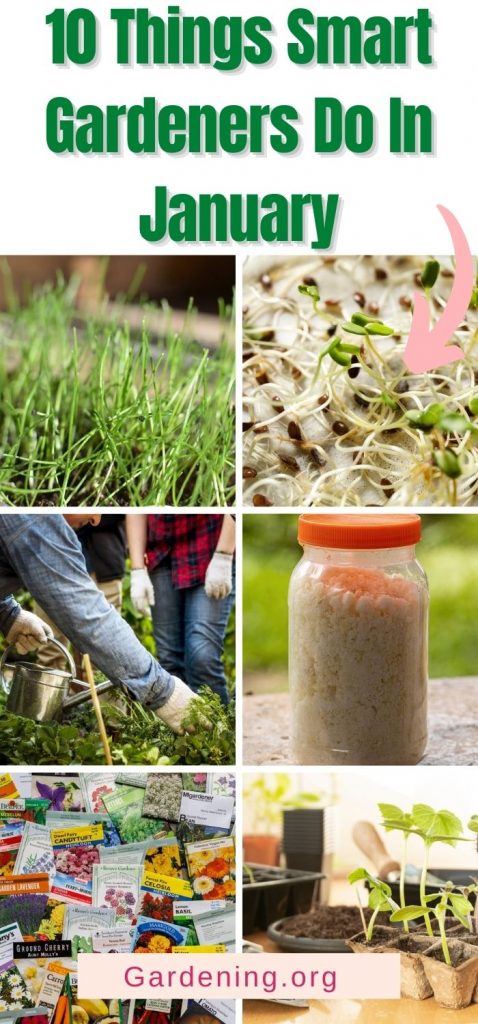

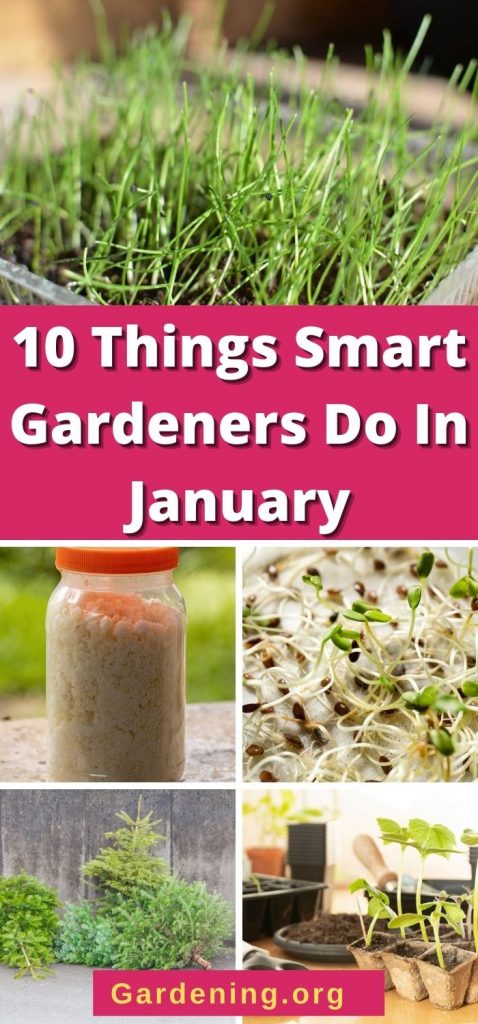
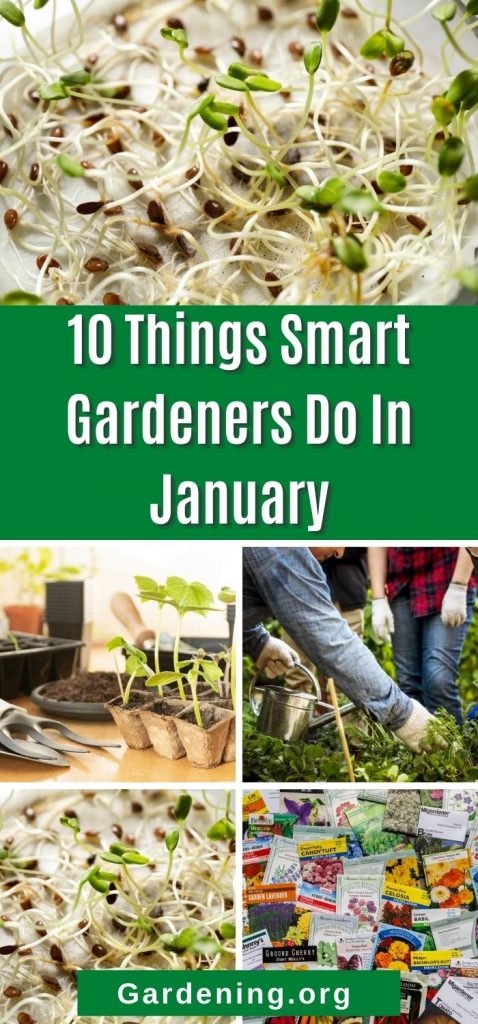
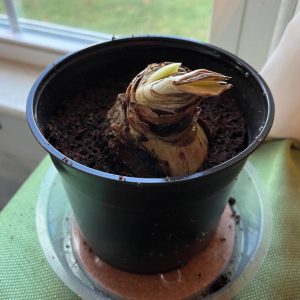



Ann Arbaugh
Here's another one to include on your list. Think about adding/substituting plants native to your area.
Mary Ward
Great suggestion!